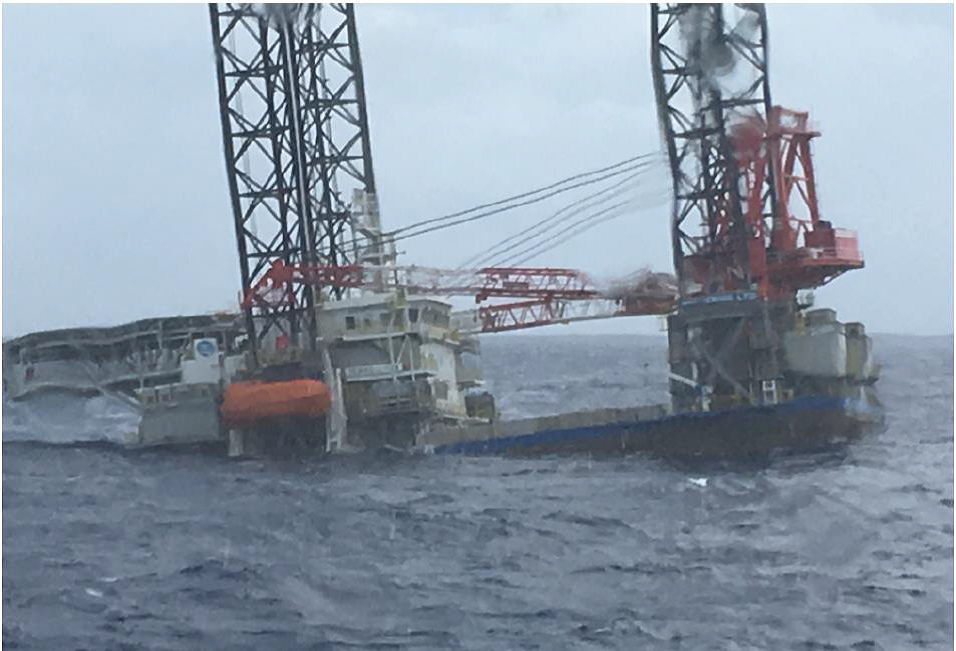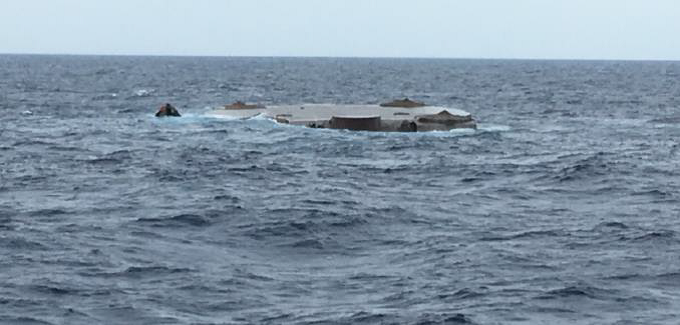
This article is based solely on the publicly available judgment: Oversea-Chinese Banking Corp Ltd v Argoglobal Underwriting Asia Pacific Pte Ltd & Ors [2025] SGHC 82. Paragraph references to specific quotations from the judgment are provided in square brackets.
Case Overview
In Oversea-Chinese Banking Corp Ltd v Argoglobal Underwriting Asia Pacific Pte Ltd & Ors [2025] SGHC 82, the Singapore High Court ruled in favour of the plaintiff bank in a marine insurance claim following the capsize of the jack-up rig TERAS LYZA on 5 June 2018.
The plaintiff, Oversea-Chinese Banking Corporation Limited (OCBC), was the mortgagee of the vessel and a co-assured under the marine insurance policy. The defendants were five insurance companies who had underwritten the hull and machinery insurance for the vessel.
The judgment, delivered by Justice Kwek Mean Luck on 30 April 2025, addressed multiple issues including whether the vessel was a constructive total loss, whether the loss was covered by the marine insurance policy, breaches of duties of fair presentation, and breaches of warranties.
This article focuses on the court's findings regarding whether the loss was caused by ‘perils of the seas’, which was an issue that turned on expert evidence.
Solis Marine naval architect, Rosalind Blazejczyk, and master mariner, Captain John Simpson, were appointed by OCBC to provide expert opinion and evidence on the cause of the casualty.
The vessel capsized during her maiden voyage, while under tow from Vung Tau, Vietnam to Taichung, Taiwan. At 3:45pm on 5 June 2018, the vessel was observed listing to port and trimming by the stern. By 5:50pm, she had capsized. The vessel was subsequently scuttled on 20 August 2018.
The Perils of the Seas Issue
The marine insurance policy covered "loss of or damage to the subject-matter insured caused by perils of the seas rivers lakes or other navigable waters." The parties' English law experts agreed that where there is accidental unexpected ingress of seawater into a vessel causing loss or damage, there is prima facie a loss by perils of the seas. The burden of proving this was on the plaintiff.
The insurers argued that the loss was caused by the debility or decrepitude of the vessel itself, rather than by perils of the seas. They alleged that the vessel was inherently unstable and unseaworthy due to various non-compliances with operational requirements.
Technical Investigation
Rosalind Blazejczyk provided expert evidence based on the analysis of photographic and video evidence, particularly a photograph taken from the tug at approximately 4:25pm on 5 June 2018.

The investigation used hydrostatic modelling and analysis to determine the conditions that could produce the list and trim observed in the photograph. The analysis involved:
Rosalind’s technical evidence concluded that the vessel had taken on a large trim by the stern, which could only be explained by loss of buoyancy due to water ingress in the aft compartments of the hull. Wind and waves alone could not have caused the capsize. The analysis identified two flooding scenarios most supported by the photographic evidence.
Captain John Simpson provided master mariner evidence on the operational aspects of the tow voyage, including preparations, compliance with procedures, and the certifications obtained from Class and the marine warranty surveyor.

The Court's Findings
Justice Kwek found that the naval architecture evidence to be "supported by her calculations and models" [49]. After examination during the trial, the court found that the opposing expert "was not able to land any substantive concern with the robustness" of Ms Blazejczyk's calculations and models [149].
The court noted that Ms Blazejczyk "was more objective as an expert witness", specifically observing her acknowledgment that "despite her calculations and models, she could not firmly hypothesize why the Vessel capsized so suddenly" [150].
The court found Captain Simpson "to be a more credible expert" [151,222].
The court concluded: "I find that Ms Blazejczyk's evidence sufficiently establishes that there was unexpected flooding / water ingress in the hull compartments. I find that on the balance of probabilities, the capsize of the Vessel was caused by perils of the seas" [152].
Seaworthiness and Decrepitude
The court rejected the insurers' argument that the vessel was a decrepitude or debility. The judgment noted that the vessel was a newbuild on her maiden voyage and had obtained certifications from Class and the marine warranty surveyor prior to departure. The underwater dive inspection found no damage to the hull structure.
The court found: "even if the Defendants are able to demonstrate that the capsize of the Vessel was caused by the various alleged instances of non-compliance with the OM or the ICLL, these would still constitute external fortuitous events; the loss would still be one properly caused by the 'perils of the seas'"[111].
The court concluded there was insufficient evidence to demonstrate that the vessel was inherently unstable or unseaworthy [113-120].
Outcome
The court found that the capsize was caused by perils of the seas and that the vessel was a constructive total loss. Section B of the marine insurance policy (increased value cover) was found to be void as a gaming or wagering contract. The plaintiff was entitled to claim under Section A of the marine insurance policy, capped at US$56 million.
About Solis Marine Expert Witness Services
Solis Marine provides independent expert witness services to the maritime, offshore, and insurance industries worldwide. Our team includes naval architects, master mariners, marine engineers, and a crane engineer with extensive experience in casualty investigation, structural analysis, and operational assessment. We conduct rigorous technical investigations using advanced analysis techniques and provide clear, objective expert evidence for litigation, arbitration, and dispute resolution across multiple jurisdictions. For more information, visit www.solis-marine.com or contact Ros Blazejczyk.